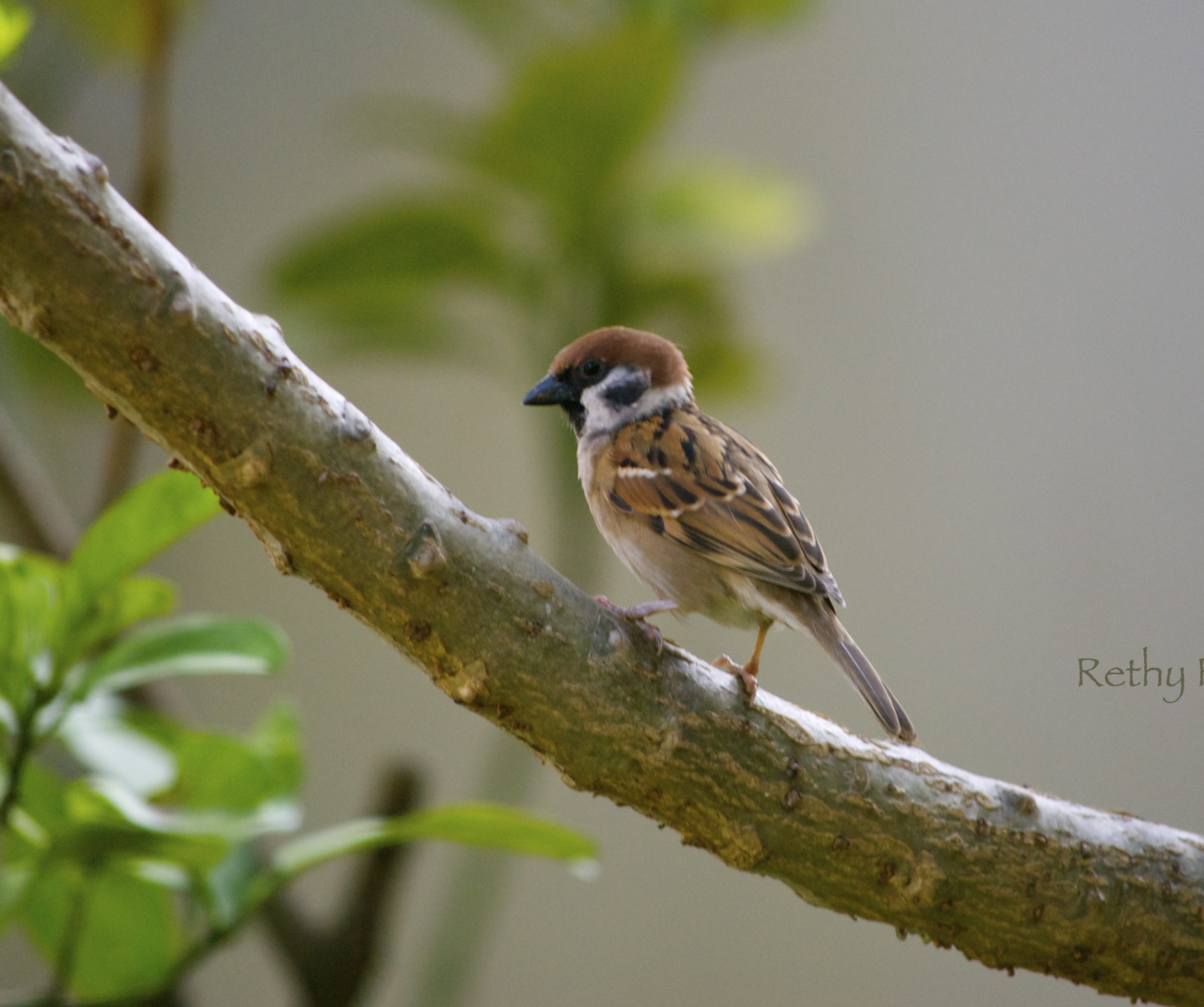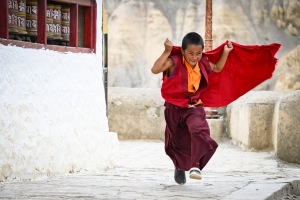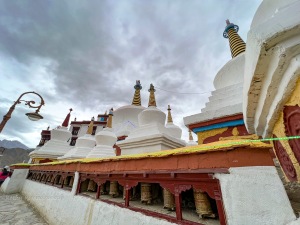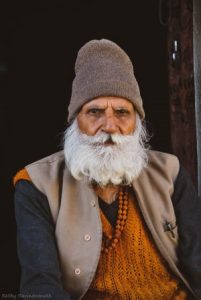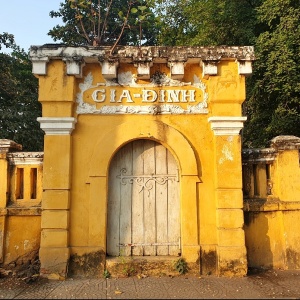Women of the mountains~ a few clicks from Alchi village and Khalsi Tehsil in Leh district, Ladakh. It was harvest season and a time I did revisit some of my favourite poets.
Ladakhi women wear a flowing robe called sulma usually paired with a loose blouse called tilin, a bright coloured sash or skeyrak is tied around the waist. The women, even the poorest, wear neck-pieces made of precious or semi precious stones everyday! Turquoise and corals dominate their accessories. Most of them were wearing dangling ear rings too. It was a fascinating sight to see that even the old women have long hair, made into two braids.
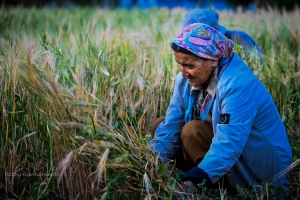
“Reaping and singing by herself; Stop here,or gently pass!”
(Wordsworth’s The Solitary Reaper )

“The thankful receiver bears the plentiful harvest” (Blake)


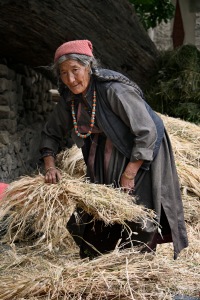
“Your hay it is mow’d and your corn is reap’d, Your barns will be full your hovels heap’d”
( Dryden)
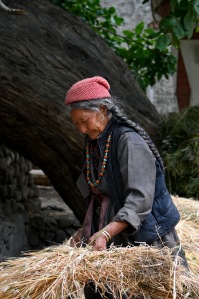


“Earth is so kind… just tickle her with a hoe and she laughs with harvest” (Douglas William Jerrold)
